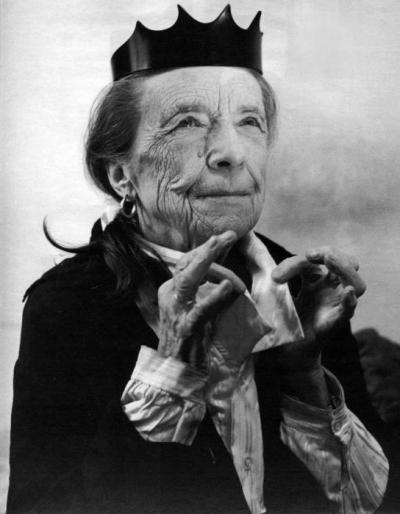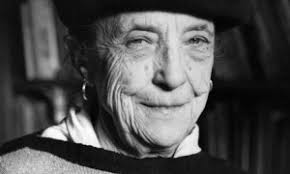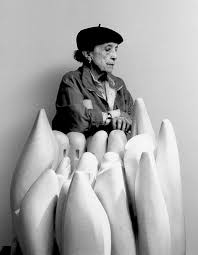
1911 - 2010
Louise Bourgeois

description
A French sculptor, painter and graphic artist who worked in the USA. Famous as one of the great sculptors of the 20th century, Louise Bourgeois lived an incredibly long creative life. Her career spans almost a century, and her work reflects almost all the major art movements of this period: Cubism, Futurism, Surrealism, Constructivism and Abstract art.
Despite the influence of various artistic movements and styles, sculptures by Bourgeois were always unique creations of modern sculpture. Based on early, predominantly sad childhood memories, they affect the deepest human feelings, always hitting the target directly. Huge steel spiders, strange objects in the cages and close attention to the relationship between the sexes cause strong emotions and genuine public interest in the extraordinary work of the artist.
Louise Bourgeois was one of the first to use Environmental art in her art; it involves the presence of sculptural compositions in the everyday environment of a human being. Unlike traditional statues standing on high pedestals, these statues were placed close to people, becoming a part of their life. In addition, Bourgeois played an important role in the formation of the feminist movement and had a strong influence on the development of the art of installation and performance.
Key ideas:
– Almost everything in the sculptor’s works is connected with Louise’s childhood memories, which were not happy. As a little girl, she suffered from a cold father’s attitude and often saw how he cheated on her mother. These impressions formed the basis of Bourgeois’s sculptures, and we can say that all her work is a kind of psychotherapy, which helped the artist overcome her depressed psychological state, longing and despair.
– The symbolism of the works of Louise Bourgeois is mainly different from the traditional. For example, in the artist’s works, spiders, which for many are synonymous with horror and aggression, symbolize the image of a mother who envelops children with her care. To make her viewers understand the meaning of her work, the Bourgeois created a special symbolic dictionary, in which she explained the images of her work based on personal experience and fantasy.
– To express her ideas, Bourgeois used a variety of methods and styles. She easily passed from one style to another, absolutely not losing her bright personality and originality. The artist often used installations with completed objects, placing them in unusual combinations, which shocked the audience and caused an amazing effect of surprise.
– The artist was always interested in the fate of a woman, her place in art and society; that is why many of her works concern the topic of relations between the sexes. Bourgeois’ sculptures express a feminine essence surrounded by conventions and prohibitions. These works served as the basis for the development of feminist art, which became widespread in the 1970s.
1911
1936
1938
1954
1966
1973
1982
1990
2010
Louise Bourgeois was born in Paris
She entered the Ranson Academy

Married American art critic Robert Goldwater

Joined a group of American Abstract Artists

Became a member of the feminist movement

The husband of the artist died

The large retrospective exhibition

"Maman"

The death of the artist

Louise Bourgeois
On Artist
flow
Cubism
Futurism
Surrealism
Constructivism
Abstractionism
Minimalism
friends
Barnett Newman
Ed Reinhardt
Mark Rothko
Willem de Kooning
Robert Goldwater
Marcel Duchamp
Joan Miro
artists
Konstantin Brancusi
Odilon Redon
Fernand Leger
Peter Bruegel
Oton Frieze
Roger Beaissier
Charles Despio
Francisco Goya
By Artist
flow
Feminist art
Abstract expressionism
friends
Barnett Newman
Ed Reinhardt
Mark Rothko
Willem de Kooning
artists
Sophie Kalle
Tracy Emin
Eva Hesse
Louise Berlyavsky-Nevelson
Linda Benglis
